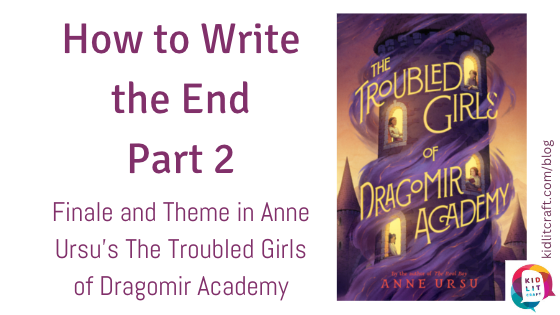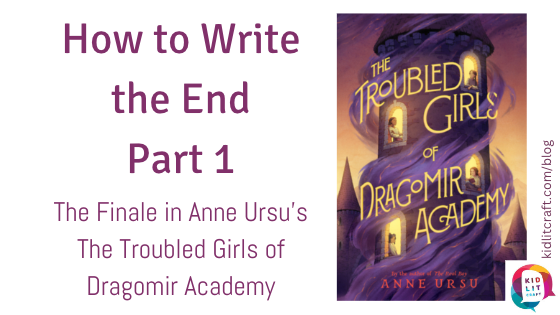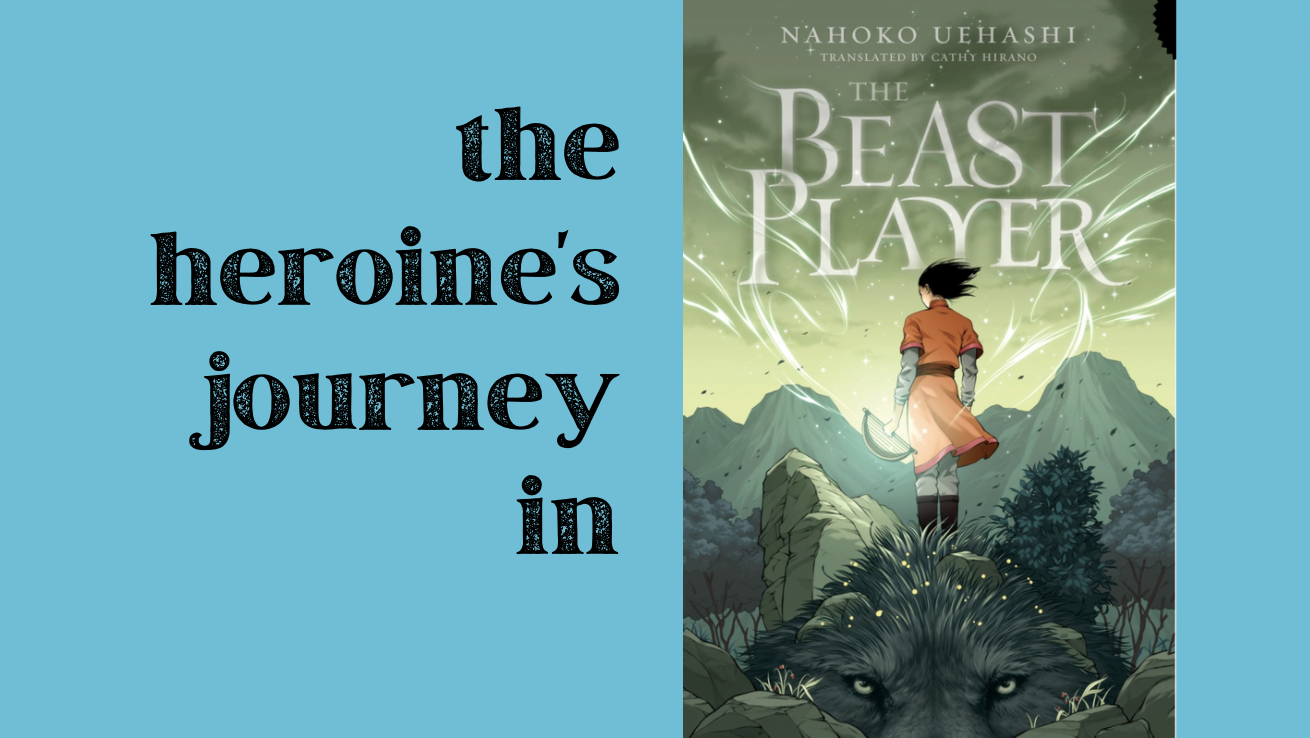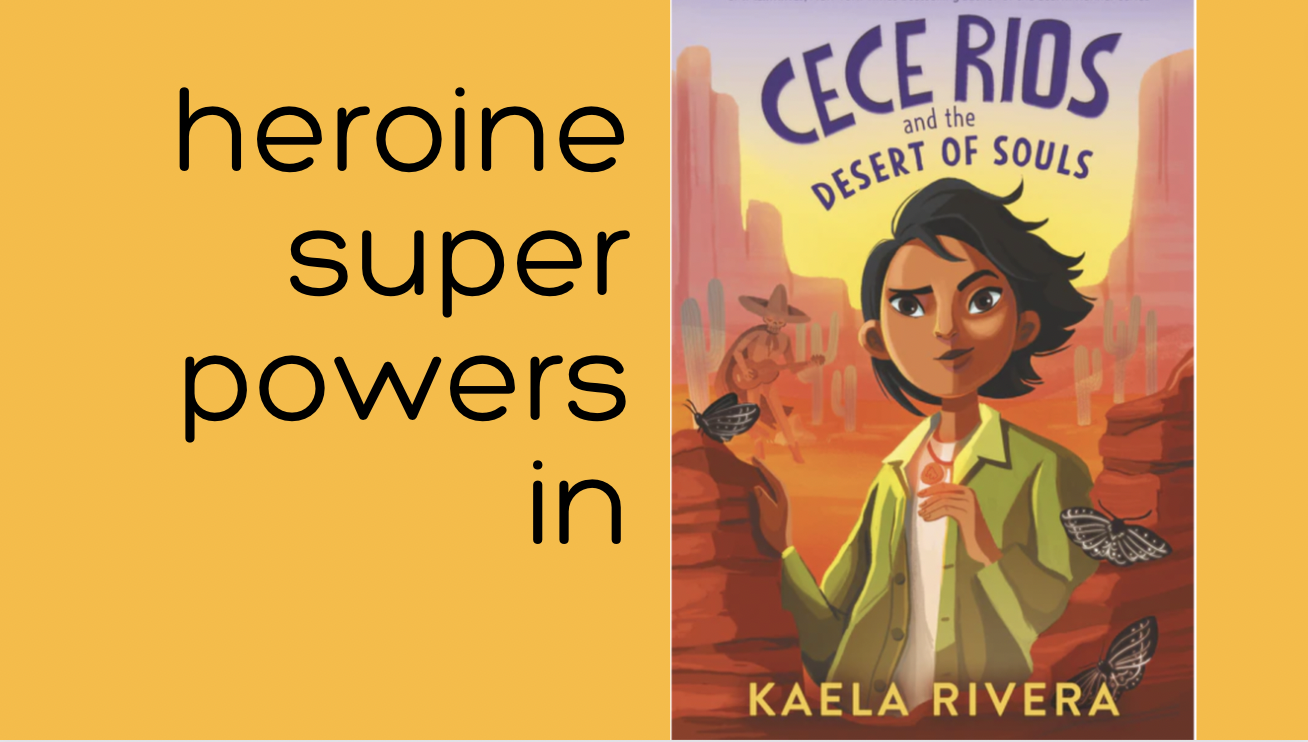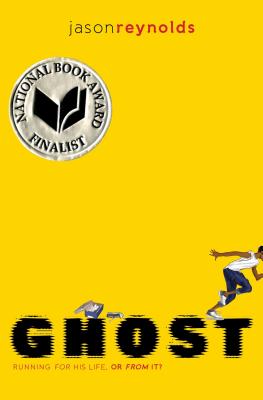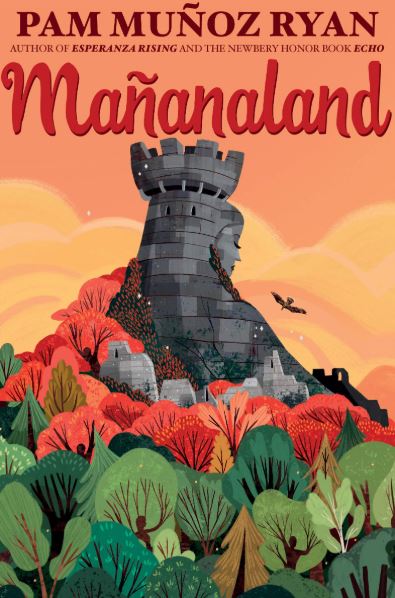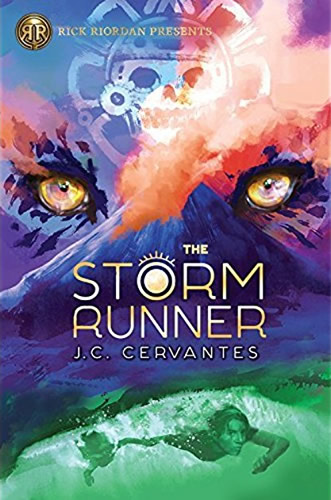author:
Jen Jobart
From the All is Lost moment, right before Act 3 starts, to the Climax, The Troubled Girls of Dragomir Academy has followed each beat from Save the Cat, drawing readers in and compelling them to turn the page. But even after a stellar climax, the story isn’t done. There’s the opportunity to make the ending fully satisfying. Here’s how Ursu does it.
The book I’m working on needs an ending. I know it, and I don’t know what to do about it, because I don’t know how to write one. So I decided to see how Anne Ursu did it in her masterful The Troubled Girls of Dragomir Academy. In this series of blog posts, I’ll share what I’ve learned with you.
The Heroine’s Journey celebrates the gifts of the matriarch. It explores themes of family, community, collaboration, cooperation, and love. As an author, and as a person, it’s important to me to write books that support those values, so everyone who reads them can be inspired to evolve toward a more feminine, collaborative, resilient society. To illustrate the points I make in this post, I’ll be examining the Heroine’s Journey of Elin in The Beast Player, a Japanese YA fantasy by Nahoko Uehashi. Elin’s story is an excellent example of the Heroine’s Journey.
In order to understand how a heroine grows into her superpowers, I followed the heroine’s journey closely in three movies: Elsa in Frozen, Rey in Star Wars: The Force Awakens, and Meg in A Wrinkle in Time. I identified a common pattern for a superheroine’s recognition of and acceptance of her superpowers. Then I applied what I learned to analyze CeCe Rios and the Desert of Souls, a middle grade novel by Kaela Rivera to translate what I found in films to what might work in a novel.
By identifying archetypes in my story, I figure out how to strengthen the conflicts as I revise. In researching this blog post, I realized that I’d chosen the wrong character to be the Shadow in the novel I’m currently writing. Understanding the role of the Shadow archetype, and selecting a more appropriate character to play it, made my book’s external plot and main character’s growth path stronger.
Soaking up the sun and reposting some favorite craft posts, starting with Jen Jobart’s analysis of Jason Reynold’s GHOST through the lens of Cheryl Klein’s THE MAGIC WORDS craft book.
I’ve been struggling to fully understand the protagonist’s path in my own WIP. My protagonist and Max have a lot in common, so taking a moment to pull apart what made Max’s journey work was helpful in understanding where I need to take my own story.
Remember—the world supports the story and everything inside of it. A well-developed world feels real and accessible.
Jen Jobart details how Jason Reynolds puts to use strategies for developing compelling characters that Cheryl Klein outlines in her craft book The Magic Words. More than that, she introduces us Ghost, one the great middle grade characters of the last five years.
craft review by Jen Jobart In my last post, I talked about how Paolo Bacigalupi addresses the same powerful themes regardless of the audience he’s writing for. In this post, I examine how he does it. Character development Bacigalupi has a gift for really getting into a character’s heart and showing what it feels like […]
